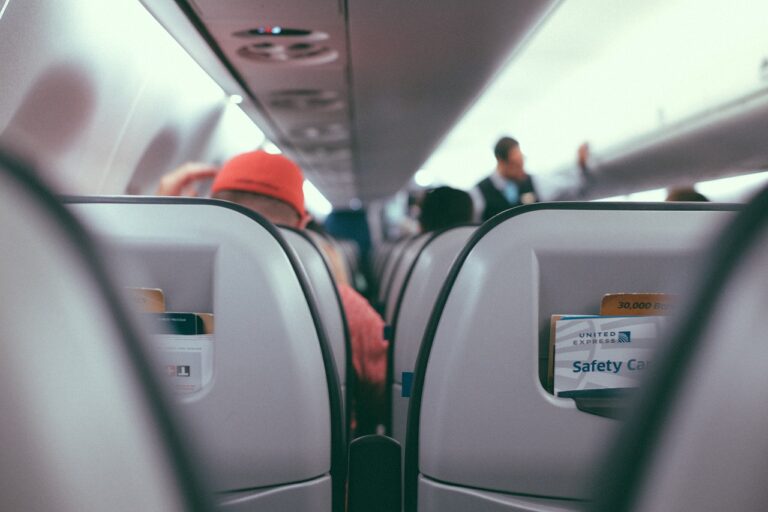Travel Photography: Editing Techniques
Editing is an essential step in the post-processing of photographs. It involves fine-tuning various aspects of an image to enhance its visual appeal and convey the intended message. Through editing, photographers can adjust elements like brightness, contrast, color balance, sharpness, and composition to achieve the desired result.
Furthermore, editing allows photographers to correct any imperfections in an image, such as dust spots, blemishes, or distractions that may detract from the overall quality of the photo. It also provides the opportunity to crop and resize the image to improve its composition and focus the viewer’s attention on the subject. In essence, the basics of editing involve manipulating these different elements to create a final image that accurately represents the photographer’s artistic vision.
Selecting the Right Editing Software
When choosing editing software, it’s essential to consider your specific needs and skill level. Some software options like Adobe Photoshop offer a wide range of advanced features, perfect for professional photographers and graphic designers. On the other hand, simpler programs such as Lightroom may be more beginner-friendly and suitable for those looking for basic editing tools.
It’s also important to take into account your budget when selecting editing software. While some programs can be quite expensive with monthly subscription fees, others like GIMP and Canva offer free versions with sufficient features for casual users. Ultimately, the best editing software for you will depend on your individual requirements, skill level, and financial considerations.
Adjusting Exposure and Contrast
When it comes to enhancing the visual appeal of your photos, adjusting exposure and contrast plays a crucial role. Exposure refers to how light or dark an image appears, while contrast measures the distinction between the light and dark areas. By mastering these adjustments, you can significantly improve the overall quality and impact of your photographs.
Properly adjusting exposure ensures that your images are neither too bright nor too dark, making them more visually pleasing to the viewer. Similarly, controlling the contrast levels in your photos can help bring out details in both the highlights and shadows, resulting in a more balanced and dynamic composition. By fine-tuning these elements, you can create images that truly stand out and make a lasting impression.





